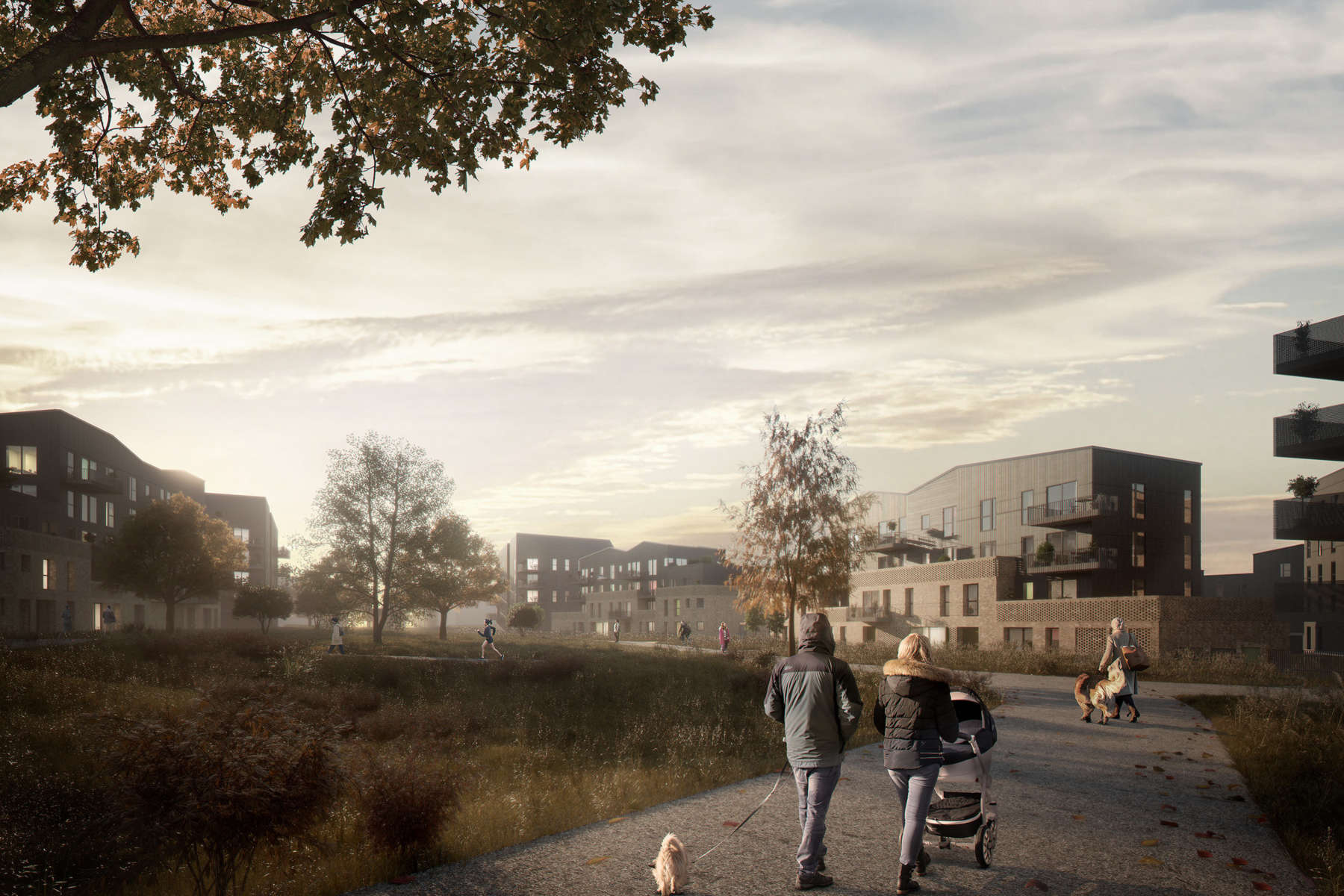Ussmaa Gulzar
Model Maker
In a time when not just within architecture, but in many aspects of society, we have moved towards digital processes and developments, people may question whether the physical model still relevant within the architectural process. This is not a new question; it was first put to me over 20 years ago when I started model making. This was at a time when laser cutters and 3D printers arrived on the scene and was changing how models were being made. Today we now have VR technology as a new way to experience places. However, 20 years on I can say the physical model is as relevant as ever. Models can be the closest thing to seeing a scheme in a physical form for the first time, which is the same way we experience architecture, in the physical form, not a digital or printed form. From a 1:1000 conceptual masterplan, to a 1:1 detail mock up, the model can be the key tool to help understand a scheme from not only a client perspective and the general public but also the architects themselves.
Alongside gaining a BA Spatial & interior Design, I have previously worked in professional model making companies making high-end presentation models, as well as at in-house architectural practices Make and Wilkinson Eyre, crafting sketch and presentation models.
The in-house process differs as the model can inform the design rather than being a finished representation. The collaborative studio environment of Studio Egret West allows us to be freer and to respond to the idea of the design, creating conceptual models in a way that can be more engaging to the viewer.
Over the past two years at SEW we have exhibited three models at the Royal Academy Summer Show.
